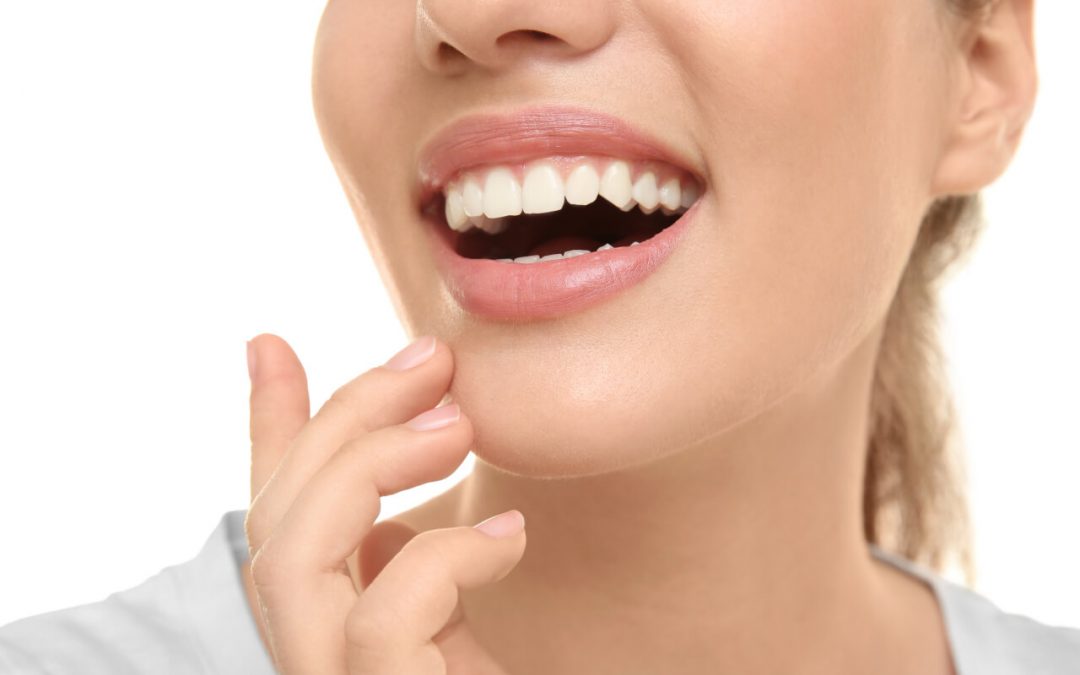Dental Bonding Near You
Bonding is a procedure that involves the application of a tooth-coloured composite resin to repair a tooth that is decayed, chipped, fractured, or discoloured. It is called bonding because the materials used are bonded to the tooth. In contrast to veneers, which are created in a lab and require customization and molding to achieve the optimum result per patient, bonding can be done within a single visit to your dentist.

What is Dental Bonding Used for?
Bonding is one of the most common and least costly cosmetic dental procedures. The composite resin that is used in the bonding process, can be customized in shape and polished to match the natural teeth in the patient’s mouth. Bonding is used primarily for cosmetic purposes to help improve the appearance of a discolored or damaged tooth. Dental bonding is also utilized by patients who have spaces between their teeth, want their teeth to appear longer, or want the color and shape of the teeth to be altered.
Dental bonding can be used as an alternative to amalgam fillings, or to protect the root of a patient’s tooth that is exposed due to receding gums. There is no preparation needed for dental bonding. Anesthesia is not often used during this procedure, unless it is done to fill a decayed tooth.

How is Dental Bonding Done?
Your dentist will select the color of the composite resin that most closely matches the colour of the patient’s natural teeth, using a shade guide. Once this is done, your dentist will slightly abrade the tooth to roughen it and, thereafter, a light coating of conditioning liquid is applied to help adhere the bonding material to the tooth.
Your dentist will apply a tooth-coloured resin once the tooth is prepared. The resin is made of a putty-like material and is molded and smoothed until it is the right shape on the tooth. The material is then hardened using an ultraviolet light.
Your dentist will further trim and shape the bonding material after it has hardened and polish it thereafter until it matches the consistency and sheen of the patient’s natural teeth. This process typically takes 30 minutes to an hour to complete. If there is more than one tooth that requires bonding, this may involve multiple visits.
Caring for Your Bonded Tooth
The composite resin used in the dental bonding procedure is not nearly as durable as a natural tooth, which means you should handle it with care. Biting on your nails, chewing ice or pens, can potentially chip the composite resin. The dental bond typically lasts several years, if proper care is taken, before it needs repairing.
Drinking tea, coffee, sodas, and wine or smoking cigarettes can cause staining on the resin. It is important to avoid staining foods and drinks within the first 48 hours after having the composite procedure. Brushing and flossing your teeth, twice minimum, daily and having them cleaned by your dentist allows your bonding to last much longer.
Services
we provide a variety of dental services to our patients





